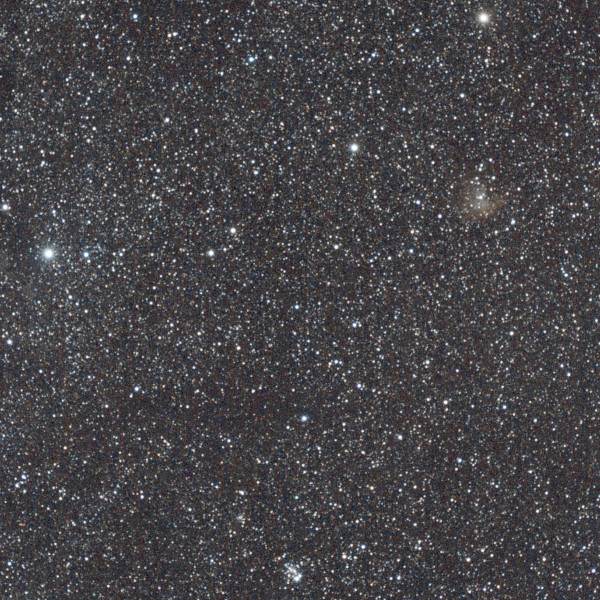
I found myself working against the clock a couple of days ago. The skies were clear and I was scrambling to finish sanding the aluminum shaft of Star Tracker Gamma so I could finally run my first tests. Previously, I tested a compound planetary gearbox design that yielded disastrous results. I’ve since switched designs in favor of a stacked planetary gear train to achieve the needed gear reduction and torque improvement. It’s time to put up or shut up for this design iteration and I really need this to work. And guess what? It does! Star Tracker Gamma works!
Still a Long Way to Go
What I have at the moment is a minimum viable product for Star Tracker Gamma. Emphasis on the word minimum here. However, I’ve seen enough through testing to see that not only can I load my Samyang 135mm lens on Gamma, I’m getting much better results with Gamma than I am with Beta overall. To say I’m relieved would be an understatement. Like a huge weight has been lifted off of my shoulders. It doesn’t matter how carefully and meticulously you design and check things; until you see your design actually working, it’s nerve-wracking.
But it’s far too soon to declare success. I have a lot of testing and work to do in order to finish Star Tracker Gamma. And of course, I have a lot of tuning left to maximize its performance. But since the test rig for Star Tracker Gamma works, I can at least see a path forward. You might be itching to see what Gamma looks like right now, but I’m going to hold off for a big reveal in another couple of weeks. Sorry. Remember, the goal is to produce a serviceable star tracker for the Samyang 135mm lens. And I’m not ready to declare victory until I see a lot more testing.
Star Tracker Gamma – First Test 2022-07-19
I learned my lesson and decided to start my testing of Star Tracker Gamma with the Canon 50mm lens. Given the results I am getting lately with Beta, I felt pretty confident that Gamma would work. It was more a question of how well would it work. What I’m primarily looking for is image stability and sharp stars (assuming my maths are correct). I decided to run a sequence of 4 tests with a 25-minute integration time each. The first test will be 50 exposures at 30 seconds and an ISO of 800. Then I’ll increase the exposure time for each run by 30 seconds and reduce the ISO to 400.
Without further delay, here are the first test images for Star Tracker Gamma which show that it works!
| 50x30s ISO 800 | 25x60s ISO 400 | 17x90s ISO 400 | 12x120s ISO 400 |
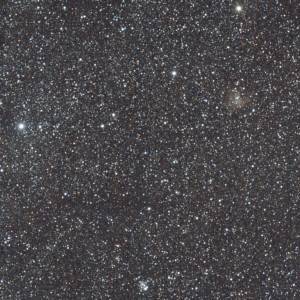
| 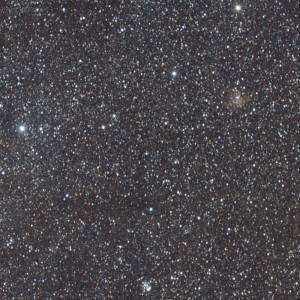
| 
| 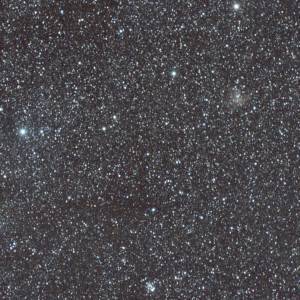
|
| 1x30s ISO 800 | 1x60s ISO 400 | 1x90s ISO 400 | 1x120s ISO 400 |

| 
| 
| 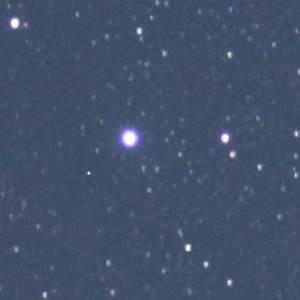
|
Image Processing
I used Siril to process all these images and I kept all the test images for stacking. And by the way, I need to inform you that I absolutely love Siril. It’s come a long way and it just makes stacking and processing images an absolute breeze. Now back to my image processing.
Normally, I’d filter out the worst photos and toss them. However, I’m really trying to test consistency and I want my testing to be apples-to-apples. This will also be important when I test the 135mm lens so I can see the differences under the same test conditions.
The only post-processing I performed on the images was a background extraction, a photometric color correction, and a green noise reduction. I used the same settings for each stacked image. After this, I took the images into Gimp to crop and scale so I could publish these here.
Image Analysis
You might be thinking that all these images look pretty similar. Indeed they do and that is a great thing! Clearly, the 30s exposures were on average far sharper than the longer exposures. But there was very little deviation beyond what might be expected as I increased the exposure time. I need to remember that the 50mm focal length is very forgiving so I’m not expecting the same results with the 135mm lens. But this is a great start.
I did notice that there was a pretty consistent error of 2 pixels which scaled across the exposure times. At first, I thought that maybe the tracker was tracking a little too slowly and that I need to shorten my delay times a smidge. However, while reflecting on this observation, I think there may be two possible explanations for this. First, my polar alignment may be a tad bit off and that would explain the consistency. I suppose this is the likeliest cause. But second, I know I have a lot of backlash present in the gear train. I do think this is having an impact on the performance as well. The good news is that those are both problems that I can fix. Here is a slightly larger view of the 30-second stack.

Verdict – Star Tracker Gamma Works
What more can I say. The first test with Gamma using the 50mm was a huge success. I’d say the image quality is slightly better than with Beta and it’s definitely more consistent. I think this makes sense as I designed a totally different gear train. I know I’m not going to be struggling with periodic errors due to the worm gear precision in this version. But the flip side is that I’ll be far more sensitive to print defects in the gear train which of course would also be periodic in nature. But so far so good!
Next up will be to run the same tests with the Samyang 135mm lens. OK, feeling a bit anxious again. Well, let’s just wait and see how it goes. I have a lot to be hopeful about given the results from the first night.
